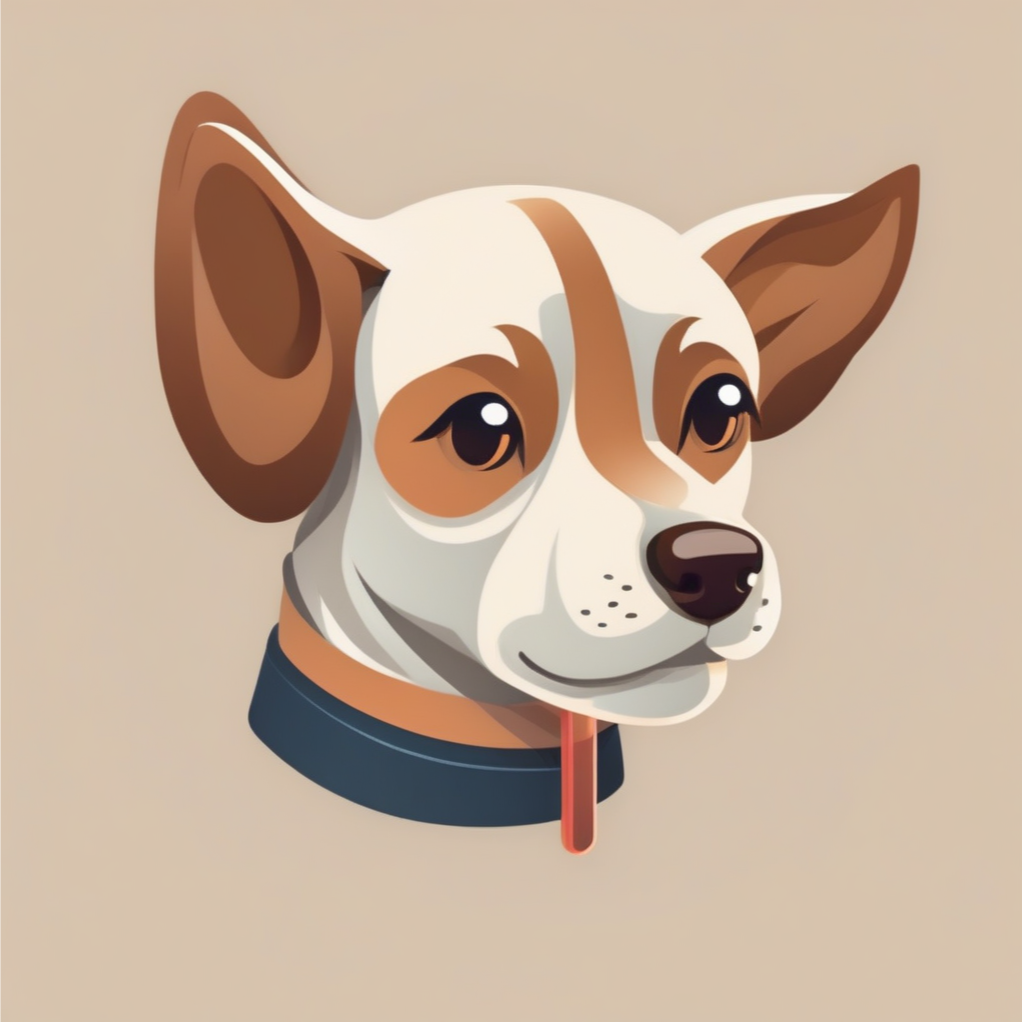We have a special affection for short-haired dogs due to their low-maintenance coats, which grants us more quality time to enjoy delightful moments with our furry friends! Taking the time to ensure that your dog’s coat is well-cared for, especially through effective dog grooming practices, is crucial for maintaining its optimal condition. Keep reading for our top grooming tips and favorite products.
Understanding Short-Haired Dog Coats:
Short-haired dogs boast a sleek, suede-like fur that appears effortlessly tidy. Unlike long-haired breeds, there’s no need for daily detangling or fretting over matting. This practical coat saves time and money on monthly grooming, as trimming isn’t necessary.
However, despite the simplicity, short-haired dogs shed consistently throughout the year. Regular home grooming is essential to facilitate shedding, promoting healthy skin and fur.
If your short-haired dog has a single coat, it minimizes hair on your belongings but lacks the insulation of a dense undercoat. Prepare for colder seasons by investing in cozy jumpers and a coat.
Contrary to popular belief, short-haired dogs are not hypoallergenic. Allergies are triggered by skin cells (“dander”) rather than the fur itself. Non-moulting breeds like poodles are often considered a more hypoallergenic option.
Dog Breeds with Short-Haired Coats:
As we embark on a journey through the diverse realm of our furry companions, we delve into the art and science of “Breed-Specific Dog Grooming.” In this exploration, we begin by spotlighting a selection of breeds adorned with short-haired coats, each possessing its distinct charm and care requirements. From the sleek lines of the Whippet to the muscular grace of the Boxer, let’s uncover the tailored grooming needs that ensure these beloved companions look and feel their best.
- Whippet
- Greyhound
- Great Dane
- Short-haired Dachshund
- Staffordshire Terrier
- Weimaraner
- Labrador
- Dalmatian
- Boxer
- Pug
Caring for Your Short-Haired Dog: Short-haired dogs require minimal daily grooming but still need regular care.
At Home: Regular brushing helps keep their coat and skin healthy, while also preventing excessive hair in your home. Regular baths are recommended to remove dead hair and dander.
At the Groomers:
Even if a haircut isn’t necessary, regular visits to a nearby groomer are vital. Groomers provide essential services such as nail-clipping, ear-cleaning, teeth-brushing, and anal-gland checks.
Useful Grooming Products:
- Shampoos:
- Aloe/Avocado Deep Cleansing Shampoo: Gently removes impurities and dead skin, enriched with vitamins and proteins.
- Hypoallergenic Fragrance Free Shampoo: Mild and gentle, ideal for short-haired dogs with sensitive or dry skin.
- Grooming Tools:
- Zoom Groom: A unique rubber brush promoting healthy skin and collecting dead hair.
- Eye & Wrinkle Wipes: Ideal for dogs with wrinkly faces, like pugs or bulldogs, keeping difficult areas around the eyes clean and healthy.
Whether you have a big or small dog, grooming short-haired dogs is a breeze with the right tools and techniques.
FAQs related to Short-Haired Dog Grooming
- Can short-haired dogs go to the groomer? Yes, short-haired dogs can benefit from grooming too. While they may not need haircuts as often as long-haired breeds, grooming helps maintain their coat health, remove loose fur, and address any skin or hygiene issues.
- How often do short-haired dogs need haircuts? Short-haired dogs typically don’t require regular haircuts like long-haired breeds. However, occasional grooming, such as nail trimming, ear cleaning, and a bath, can be beneficial. The frequency depends on the specific breed, individual needs, and overall health.
- What kind of grooming tool for short-haired dogs? For short-haired dogs, a grooming tool like a slicker brush or rubber curry brush works well. These tools help remove loose hair, distribute natural oils, and stimulate the skin. Choose a brush type based on your dog’s coat texture and sensitivity to ensure a comfortable grooming experience.
- How often should you brush a dog with short hair? Brushing short-haired dogs is generally needed less frequently than long-haired breeds. However, a weekly brushing routine helps control shedding, promotes a healthy coat, and allows you to check for any skin issues or abnormalities. Adjust the frequency based on your dog’s specific needs and shedding patterns.

